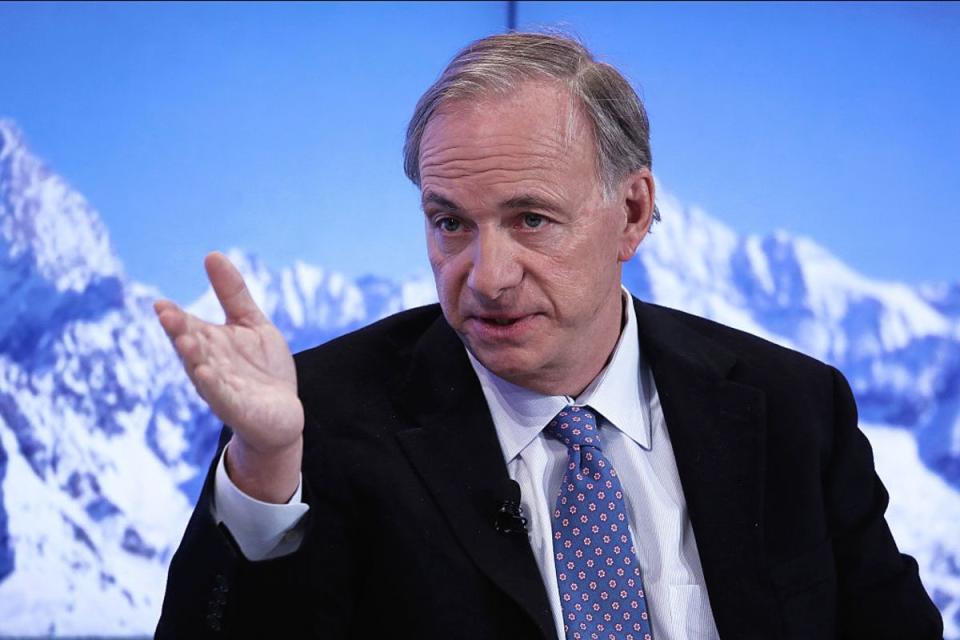Ray Dalio: History shows that economic conflicts cause political conflicts
Hedge fund titan Ray Dalio, the founder of Bridgewater Associates, sees a downturn coming in the next few years and he says the current time period we’re in right now is most analogous to the years leading up to World War II.
“I think everything is most analogous to the 1935 to 1940 because of the number of things I mentioned: the quantitative easing, buying asset prices, the populism,” Dalio said. “Where we are in the cycle– 1937 is when the Fed started to tighten monetary policy. We came in the later part of the cycle. Populism in a number of countries– that kind of an environment. Tensions internally: left and the right, the political left the political right, the rich and the poor, tensions between countries. I would say it’s the most analogous period in the ’35-’40 period and it’s worth studying that period.”
Dalio, who manages the biggest and most profitable hedge fund firm, is sharing the same principles that helped him successfully navigate the 2008 financial crisis in a new and free book called “A Template For Understanding Big Debt Crises.” It’s Dalio’s goal that this book can be used as a guide to reduce the likelihood of future debt crises and help them be managed better.

According to Dalio, 2008 had similar dynamics to what happened in 1929-1932.
During the 1920s, the U.S. experienced tremendous growth as electricity began to spread to rural and small towns. At this time, homes were being filled with radios and driveways with cars. Productivity was up. There was a lot of optimism. Soon though, a bubble began to appear as people made leveraged bets that the rise would continue. In October 1929, stocks crashed.
In the early 1930s, the Fed began to aggressively cut interest rates. Like what happened after the 2008 downturn, the Fed had to print money and buy financial assets. This pushed asset prices up, resulting in economic expansion and rising markets. This also exacerbated the wealth gap because those who owned financial assets got richer.
By 1935, the U.S. entered a “Goldilocks” period as the economy and markets continued to recover. At the time, the Fed began to think about tightening. Stock prices were higher. Home prices were rising quickly. By August 1936, the Fed began its first tightening, which didn’t hurt the stocks or the economy. Because it didn’t have an effect, the Fed tightened two more times in 1937.
At this time, there were rising geopolitical tensions leading up to World War II.
“I think when you study history, you realize that economic conflicts cause political conflicts,” Dalio said.
He noted that there are parallels between Japan in the 1930s and China today as it relates to tariffs. That was at a time where Japan invaded northeastern China for resources. Japan’s occupation of China expanded in the late 1930s. In 1941, the U.S. placed an embargo on Japan oil and gas exports. That year, Japan attacked Pearl Harbor.
“I think it’s very important for the parties involved whether they’re having conflicts internationally or domestically to be able to approach those things with a calmness and a mutual understanding. The whole concept of war, I mean just even the notion of trade war and fighting, it I think it should be a trade negotiation… I think it will depend a lot on how we behave with each other over the next five or ten years.”
—
Julia La Roche is a finance reporter at Yahoo Finance. Follow her on Twitter. Send tips to laroche@oath.com.

